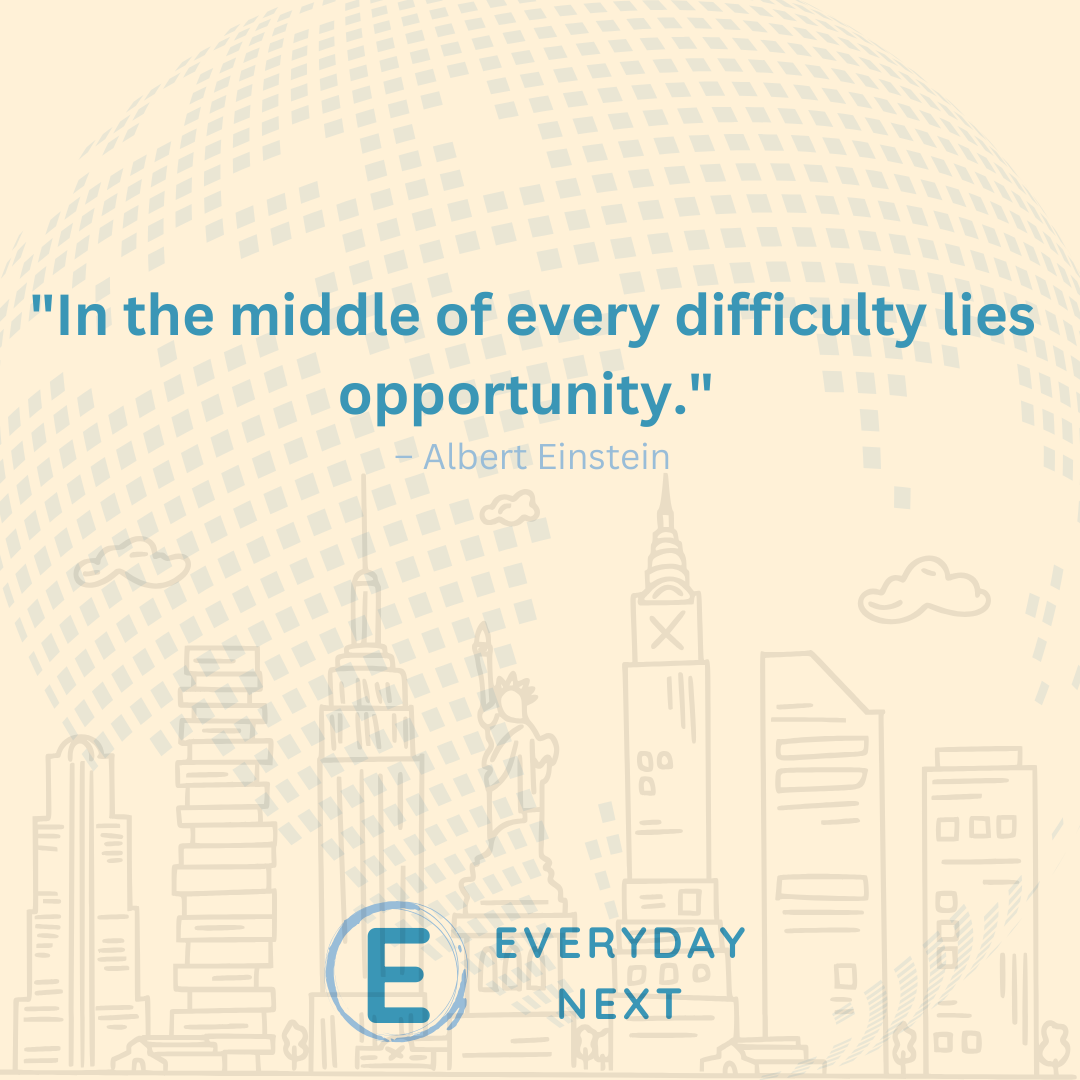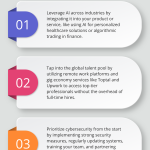
Sustainable Living Made Easy: 5 Eco-Friendly Habits for 2025
Sustainable living has shifted from being a trend to a necessity. As climate change, pollution, and resource depletion rise, individuals are realizing the importance of living in harmony with nature. In 2025, the push for eco-friendly choices is stronger than ever. Sustainable living is not just about massive lifestyle overhauls, it’s about small, practical actions that collectively create a large impact. Choosing sustainable living means adopting habits that reduce your carbon footprint, minimize waste, and promote environmental responsibility. The best part is that these changes are accessible to everyone. Whether you’re a beginner or an eco-warrior, there are easy ways to align your lifestyle with the planet’s well-being.
1. Conscious Consumption Starts at Home
Your home is the ideal starting point for Sustainable Living. From how you use energy to the products you buy, each decision contributes to your overall footprint. Start by evaluating your household habits. Switch to energy-efficient LED lights, unplug devices when not in use, and use smart thermostats to conserve electricity. Another aspect is water usage. Fixing leaky taps, installing low-flow showerheads, and collecting rainwater can make a noticeable difference. Sustainable living means being aware of everyday consumption and choosing eco-conscious alternatives without sacrificing comfort. Even your furniture and decor can support sustainable living when you opt for second hand items or products made from recycled materials. Over time, these small shifts become second nature, reducing your impact significantly.

2. Eco-Friendly Diet Choices for a Better Planet
What you eat plays a major role in sustainable living. The food industry accounts for a substantial share of global emissions, especially when it comes to meat and dairy production. In 2025, more people are leaning toward plant-based diets not only for health but also for the planet.
Here are simple changes you can make:
- Choose locally grown, seasonal fruits and vegetables
- Reduce red meat consumption and explore plant-based options
- Cut down on food waste by meal planning and proper storage
- Support eco-conscious brands and organic farming
By making mindful food choices, you contribute to sustainable living every day. Even adopting a “Meatless Monday” habit or growing your own herbs at home promotes environmental responsibility.
3. Sustainable Transportation Matters More Than Ever
Transportation is a leading source of Carbon Emissions, but it’s also one of the easiest areas to improve. In 2025, cities around the world are promoting greener transport options. Sustainable living means rethinking how we move from one place to another.
You don’t need to sell your car overnight. Instead, begin with small changes:
- Carpool with coworkers or friends whenever possible
- Use public transit or invest in an electric scooter
- Choose walking or biking for short trips
- Maintain your vehicle to improve fuel efficiency
These habits not only reduce your carbon footprint but also improve physical health and save money. With more green infrastructure in place, sustainable living through better transport has never been more accessible.

4. Waste Less, Live More: Mindful Waste Management
Waste management is a cornerstone of sustainable living. Reducing, reusing, and recycling are more than just buzzwords, they are powerful tools in combating environmental issues. In 2025, the zero-waste movement is growing fast, and people are becoming more aware of their daily trash output.
Let’s explore a comparison of common waste habits and sustainable alternatives:
| Everyday Waste Item | Usual Practice | Sustainable Swap |
| Plastic bottles | Single-use disposal | Refillable water bottles |
| Grocery bags | Plastic usage | Reusable cloth bags |
| Food containers | Styrofoam takeouts | Stainless steel tiffins |
| Old clothing | Trash bins | Donation or upcycling |
| Wrapping paper | Tossed after use | Newspaper or fabric wraps |
| Coffee cups | Disposable cups | Travel mugs with lids |
By managing waste mindfully, sustainable living becomes more structured and goal-oriented. These small, smart swaps reduce landfill load and protect the planet’s limited resources.
5. Greener Tech and Digital Habits
Technology is Often Overlooked in sustainable living conversations. However, your digital footprint matters. With remote work, streaming services, and smart devices taking center stage in modern life, sustainable digital habits can help reduce overall energy use.
To practice sustainable tech habits:
- Unsubscribe from unused emails to reduce server loads
- Store files in the cloud instead of printing
- Recycle electronics responsibly
- Use energy-saving settings on devices
- Switch to green web hosting for websites
These steps are easy and effective in aligning your tech use with sustainable living principles. Tech can be both smart and eco-friendly when used mindfully.
Growing Community Support for Green Lifestyles
One powerful aspect of sustainable living is the role of community. When like-minded individuals come together, change happens faster. In 2025, local groups, online forums, and eco-conscious influencers are encouraging collaborative environmental action. Joining community gardens, participating in neighborhood cleanups, or attending zero-waste workshops can amplify your efforts. Sustainable living becomes more fulfilling when shared with others who are also committed to positive change. Moreover, these communities often introduce new ideas, products, and tools that enhance eco-friendly living. They provide a support system and create momentum that motivates everyone to do their part.
Mindful Fashion: Dressing with Purpose
The Fashion Industry is one of the largest polluters globally. Sustainable living means making conscious decisions about what you wear. In 2025, the rise of slow fashion, ethical brands, and clothing swaps is helping reduce fashion waste.
You don’t need to stop buying clothes altogether. Instead, opt for:
- High-quality items that last longer
- Brands with transparent and ethical practices
- Pre-loved or vintage fashion
- Learning basic clothing repair skills
This approach allows you to maintain your style without compromising sustainability. By supporting ethical fashion, you contribute to a healthier planet and a more humane industry.

Conclusion: Your Path to Sustainable Living
Sustainable living in 2025 isn’t a far-fetched dream. It’s a reachable goal powered by intention, education, and consistent effort. Whether it’s rethinking your meals, reducing waste, switching to greener transport, or shopping responsibly, each small habit creates a ripple effect. By embracing sustainable living, you protect not just the environment but also your own health and well-being. It’s a win-win scenario where your daily actions contribute to a greater cause. Remember, perfection is not the goal, progress is. Make 2025 the year you fully commit to sustainable living. Your choices matter more than ever, and the time to act is now. Live lighter, live wiser, and leave a greener world for the next generation.
FAQs about Sustainable Living
Q1: What does sustainable living mean?
Sustainable living means making daily choices that reduce harm to the environment and conserve natural resources for future generations.
Q2: Can anyone start living sustainably?
Yes, anyone can adopt sustainable living practices through small, mindful changes in their daily habits.
Q3: Is sustainable living expensive?
Not necessarily. Many sustainable choices, like reducing energy use or cooking at home, actually save money in the long run.
Q4: How can I start with sustainable living at home?
Begin by reducing electricity use, recycling properly, using eco-friendly products, and cutting down on single-use plastics.
Q5: What are examples of sustainable transportation?
Walking, biking, carpooling, using public transport, and driving electric or hybrid vehicles are all eco-friendly transport options.










